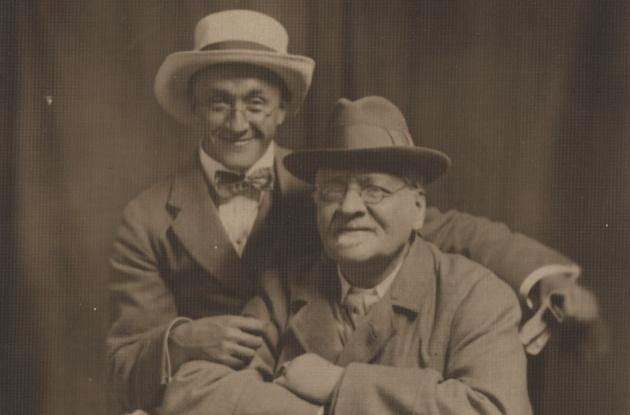A short timeline
Get to know more about the history of the fight for rights for LGBTI+ people throughout Denmark's history.
From Christian V.'s Danish Law to the 19th century
Homosexuality was illegal in Denmark for several centuries. Christian V.'s Danish Law from 1683 states that intercourse that is against nature is punished with fire and flames
. This meant that, in principle, there was the death penalty for having homosexual sex. In reality, however, it was difficult to pass sentence, as it is not easy to prove what two people consent to do in private. In 1866, the sentence was changed to hard labour spanning from eight months up to six years.
Around 1890, homosexuality began to be perceived as a mental illness, and from there somewhat milder punishments became the norm rather than what the penalty framework of 1866 stated. Common to the laws against homosexuality was that they were aimed almost exclusively at gay men, as the common thought was that women lacked sex drive, which made it relatively unproblematic for two women to live together in a discreet relationship.
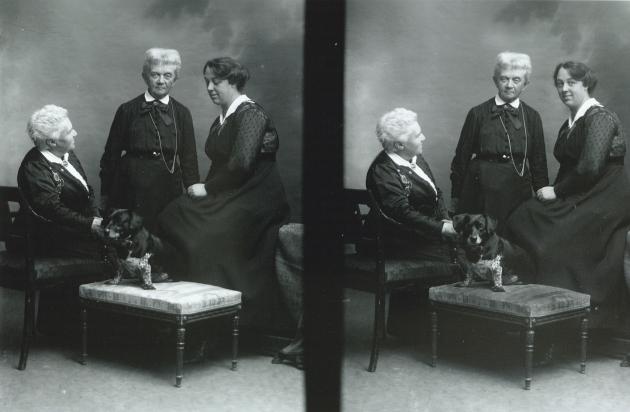
Photo: Det Kgl. Bibliotek
1900-1929
In the late 1800s, more homosexual men moved to the big cities where it was easier to find other homosexuals. However, this influx created a stir as there appeared an increase in male prostitution. In 1905, it was forbidden for two people of the same sex to buy sex from one another. Shortly afterwards, the police cracked down on gay men - for instance, with searches of their homes. The "Great Morality Case" in Copenhagen in 1906 infuriated many, both the narrow-minded and those who thought the police were going too far. Much was written in the press about the subsequent trials of gay men until the summer of 1907.
During this period, there were also more and more publications featuring homosexuality. At the end of the 19th century, Herman Bang's "Haabløse Slægter" (English: "Families without hope") was published. In it, Bang does not write openly about homosexuality, but he was still condemned for lack of morality because of the novel's contents. "Nina" by Otto Martin Møller had the first modern lesbian character in Danish literature, and at the beginning of the 20th century, there were several publications by the now almost forgotten authors Christian Houmark, Karl Larsen, Aage von Kohl and Emmy Carell.
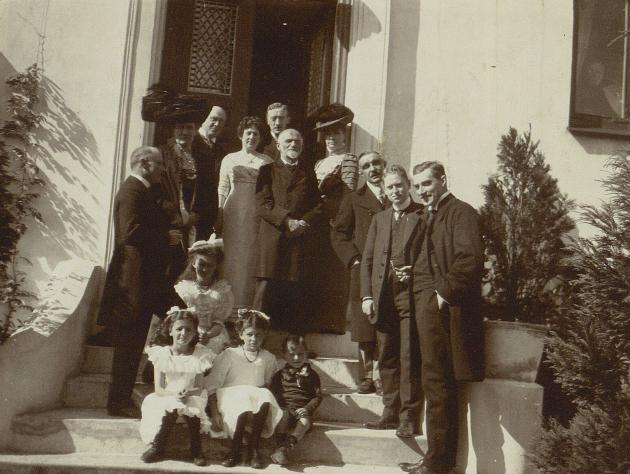
Photo: Ophav ukendt
1930
Danish Lili Elbe underwent several gender-modifying surgeries, but after an attempt to implant a uterus in 1931, she died.
1933
The Civil Penal Code of 1930 decriminalised sex between men over the age of 18, but the law did not enter into effect until 1933.
1948
After World War II, the Circle of 1948 (what is today LGBT Denmark) was founded by Axel Axgil in Aalborg together with Doris Pollas as an association for homosexuals and bisexuals. In 1949, they began publishing the magazine "Vennen", which served as a member magazine in its first years. In the following years, several different member magazines were published, including "Pan".
1952
In 1952, the 26-year-old former American soldier Christine Jorgensen became the first in the world to have successful gender reassignment surgery. It took place at Rigshospitalet in Copenhagen and received great press coverage both at home and abroad.
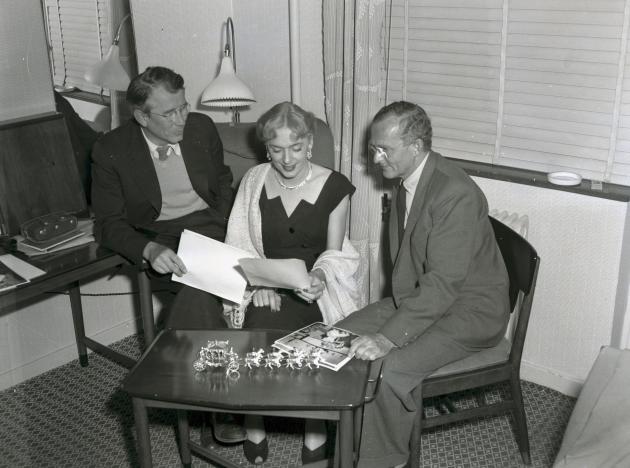
Photo: Ophav ukendt
1955
Over several hundred gay men were arrested and imprisoned during the "Great Pornography Affair" in 1955, where the Copenhagen police discovered an extensive homosexual prostitution network in the capital. It severely set back the otherwise emerging gay subculture and created internal strife. The number of members of the Circle of 1948 fell drastically during this period due to the fear of being imprisoned.
1961
"The Ugly Law" was introduced which made it a criminal offence to pay for gay men's sex work if the sex worker is under 21 years old. Since the law's introduction, the Circle of 1948 worked to repeal the law, and in 1965 it was removed. In 1967, the provisions of the Penal Code for prostitution became the same for homosexuals and heterosexuals.
1971
The Gay Liberation Front (in Danish: Bøssernes Befrielsesfront) is formed with the purpose of communicating and informing about homosexuality and gay politics to the general population by setting up street campaigns and gay caravans around the country. The associations's name is an attempt to reclaim the word 'gay' ('bøsse'), which had been used in a derogatory way about gay men at the time.
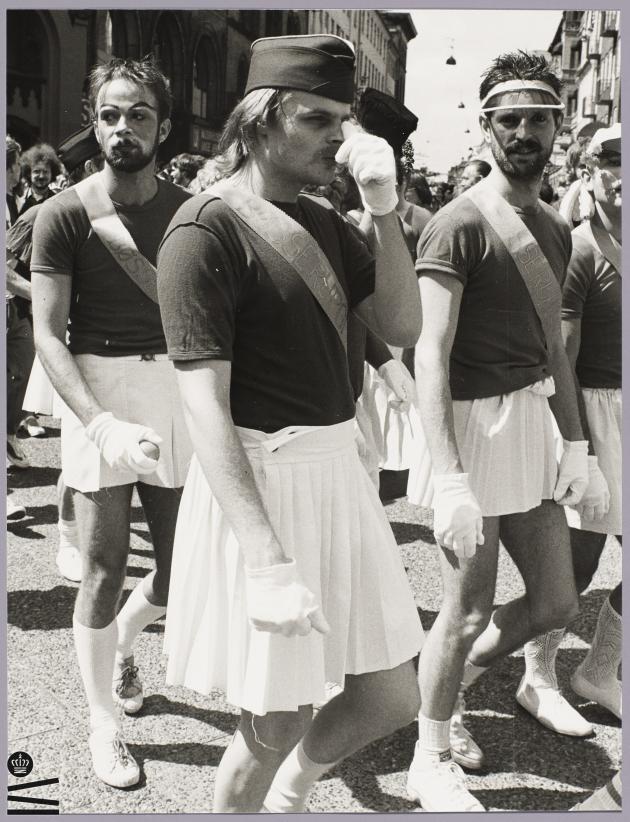
Photo: John Gøth
1973
The dance ban was lifted. Before 1973, it was forbidden for two men to dance together.
1974
The Lesbian Movement was formed by women from the Danish Rødstrømpe Movement and women from the Circle of 1948.
1981
Homosexuality was removed from the Danish Health Authority's list of mental illnesses.
1996
Discrimination on the basis of sexual orientation (along with race, religion, age, disability or national, social and ethnic origin) was prohibited by law in the workplace. In 2015, a transgender woman was the first to win a lawsuit on discrimination based on gender and gender expression.
2006
Lesbian and single women gained the right to be artificially inseminated on an equal footing with women in heterosexual relationships. Since 1997, it had been forbidden for lesbian and single women to be artificially inseminated by a doctor, which is why some had taken advantage of other options. For instance, to be artificially inseminated at the so-called StorkKlinik, which was run by a midwife and not a doctor, which is why the ban did not apply.
2012
The government passed a law on gender-neutral marriage. Prior to 2012, marriage had only been for heterosexual couples, while same-sex couples had been able to enter into a registered partnership since 1989.
2014
Denmark was the first country in Europe and the third country in the world to make it possible to change one's legal gender on the basis of a reflection period of six months.
2017
Denmark was the first country to remove transgenderism from the list of disease diagnoses, so that being transgendered is no longer equated with having mental and behavioural disorders.
